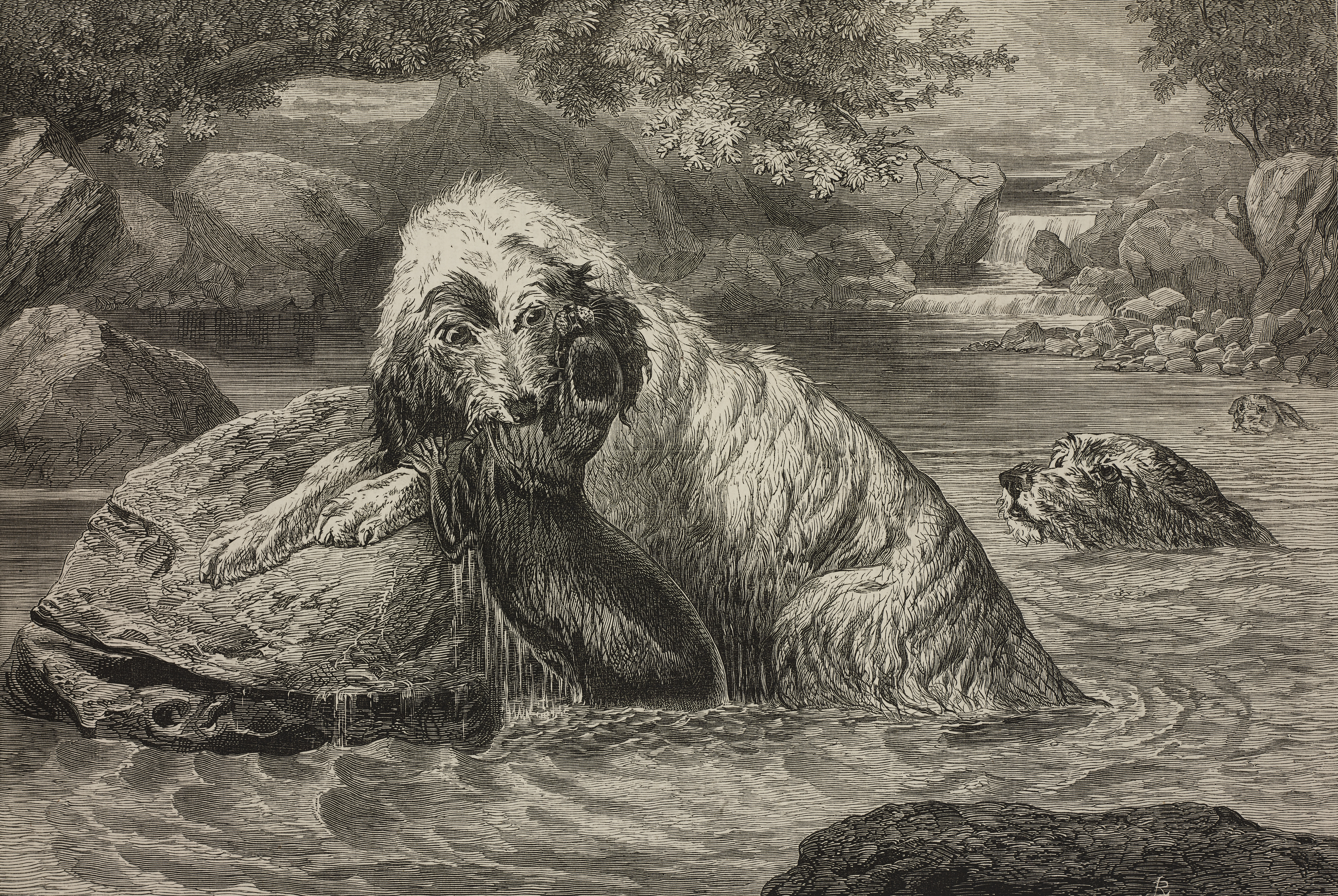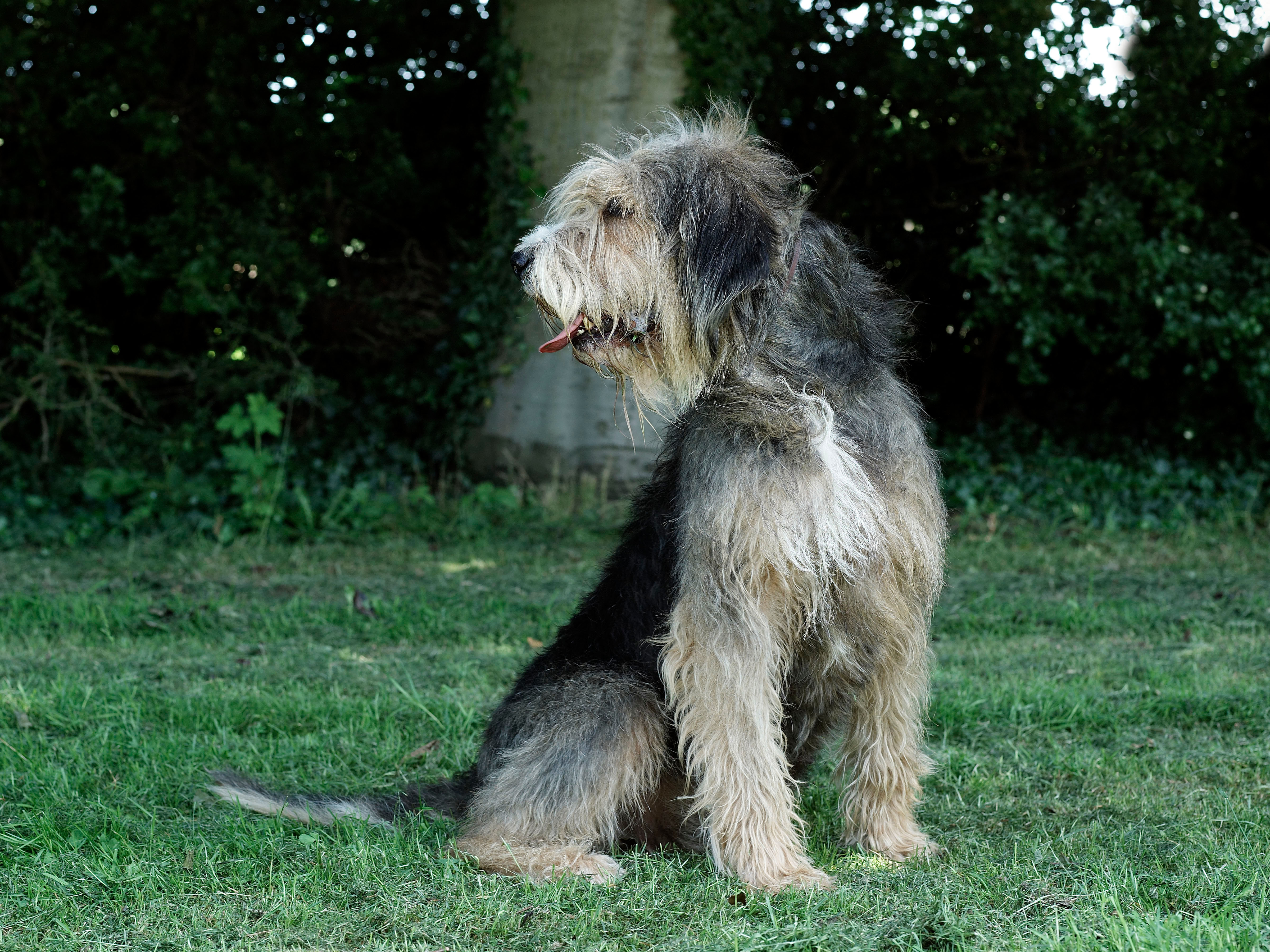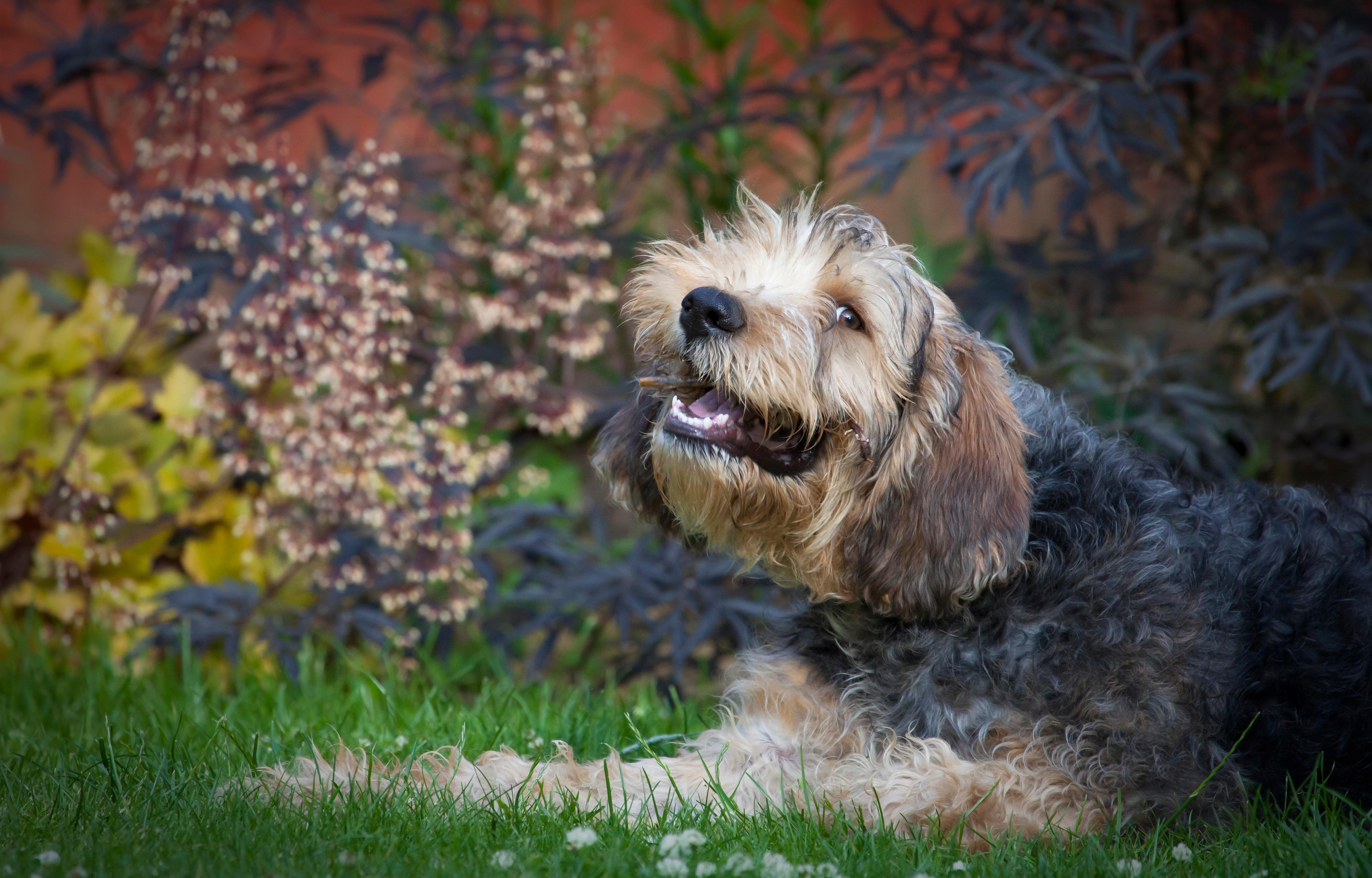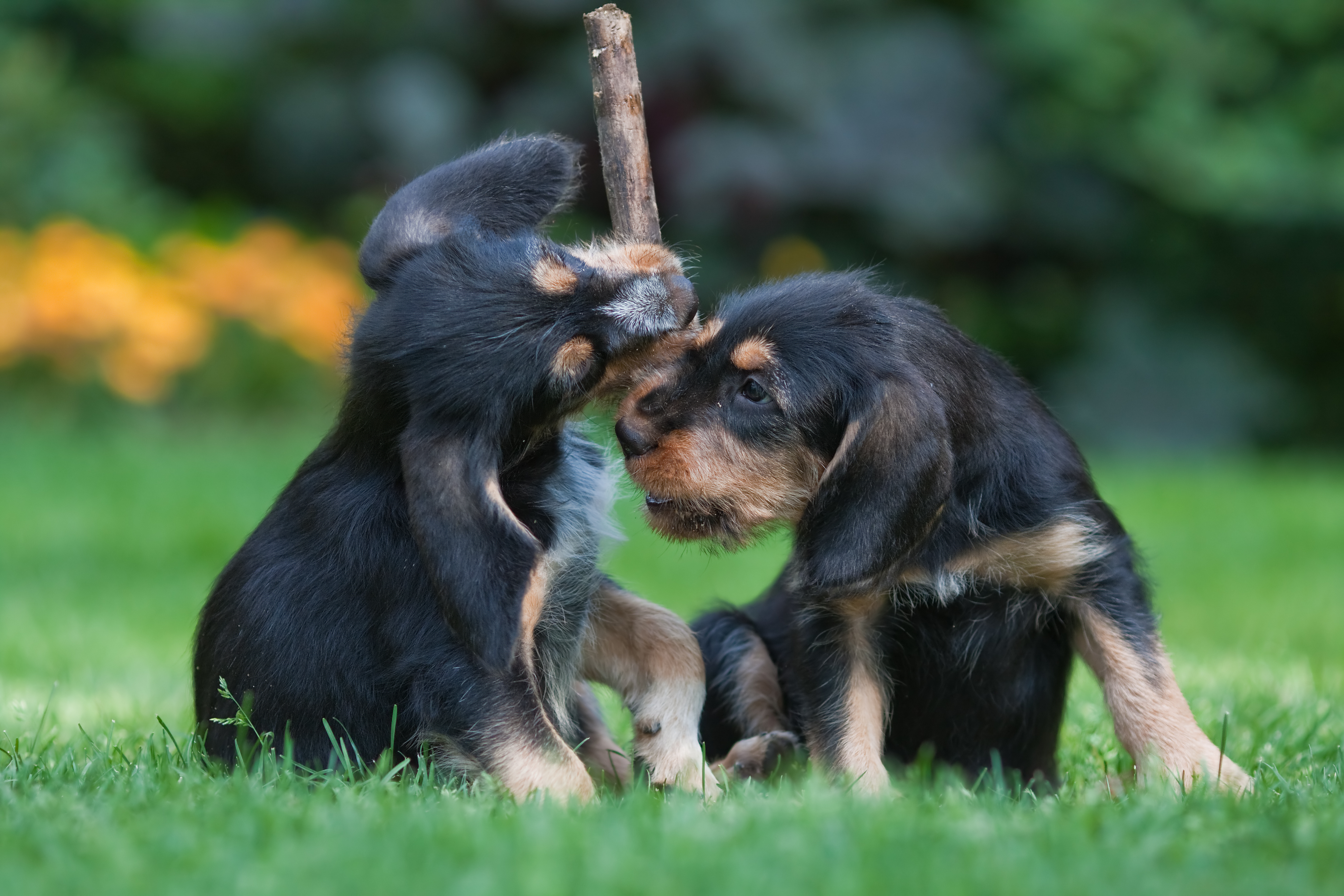With International Dog Day just behind us, it seems only fitting to celebrate the rarest of the rare: the otterhound, Britain’s most endangered native breed. Fewer than 1,000 survive worldwide, with only 42 puppies registered with the Kennel Club last year, making them rare than a snow leopard.
These large, rough-coated hounds were first bred in medieval England, when rivers teemed with salmon and trout and otters were considered a serious threat to fish stocks. Equipped with webbed feet for swimming, oily double coats to withstand icy waters and noses so keen they can follow a scent up to 72 hours old, otterhounds were the ultimate specialist hunters. Their dense, water-resistant coats — which come in black and tan, black and blue, grizzle and white, liver and tan, particolour, red grizzle, or white and black — made them instantly recognisable as they splashed through Britain’s rivers.
Packs were once kept by monarchs, from King John to Elizabeth I, and the breed was a fixture of pageantry and country sport for centuries. But by the late 1970s otters themselves were in sharp decline, and hunting was outlawed in 1978 (with Scotland soon following). Some otterhounds found a new role as minkhounds, but many were left without a purpose — and gradually slipped out of favour.
Determined to save them from extinction, the Kennel Club offered free registration to hounds from disbanded packs, while the Otterhound Club was formed to promote and protect what Country Life once described as ‘the most picturesque of breeds’ (February 8, 1930). Even so, numbers remain perilously low, and the deep, sonorous bay — likened by some to distant church bells, by others to Chewbacca — is now a rare sound in the countryside.
The breed’s character, however, has always been celebrated. Described in its Kennel Club standard as amiable and even-tempered, the otterhound has made its mark both on screen and in stone. In the 1982 musical Annie, a six-year-old otterhound named Bingo stole the show as Sandy — rewarded off-camera with steak or prime rib after each day’s filming. Far more classical is the memorial to Ringwood, an ‘Otter-Hound of extraordinary Sagacity’, who rests beneath a stone arch in Venus’s Vale at Rousham House, Oxfordshire.
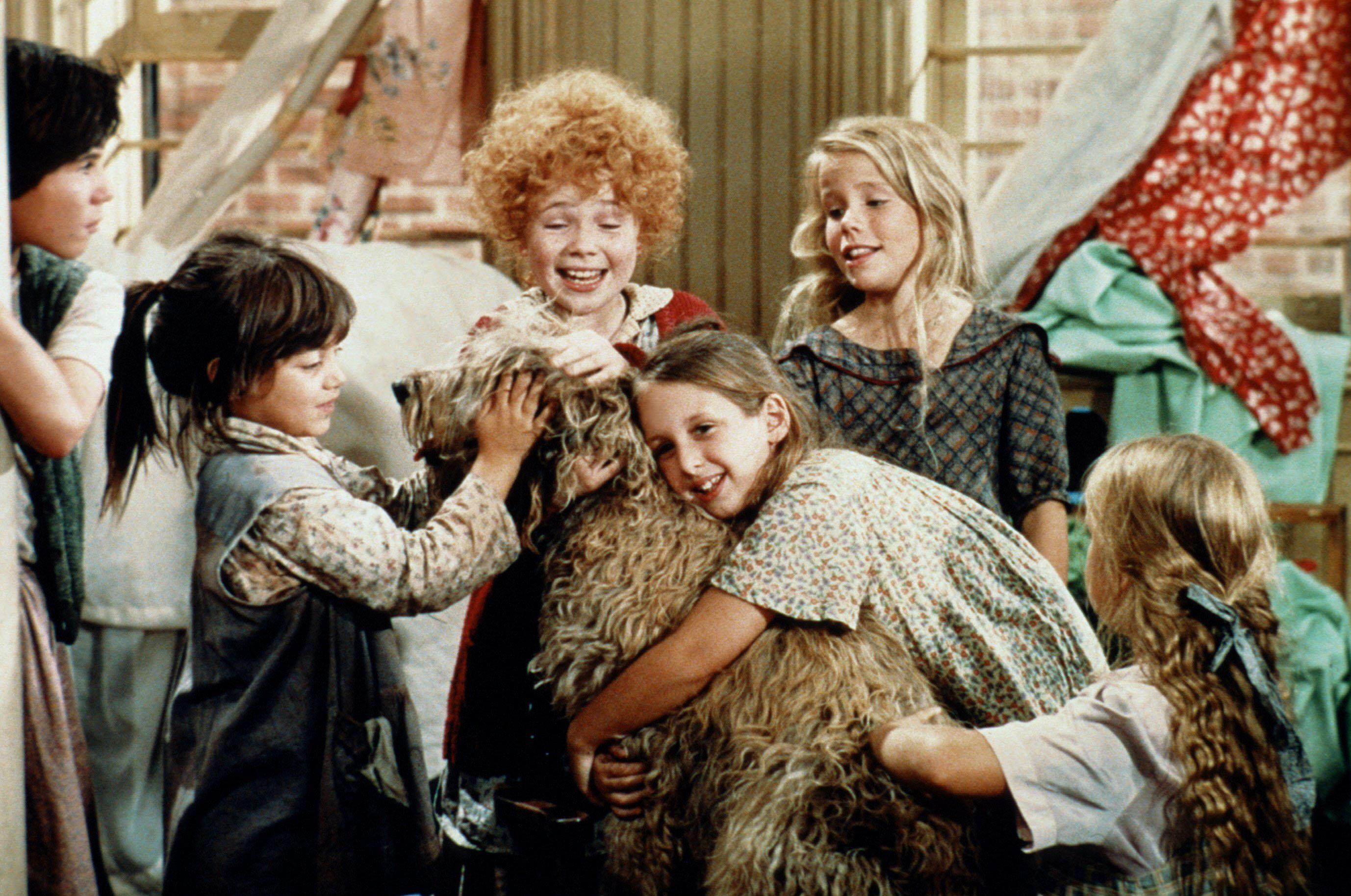
Star turn — Sandy/Bingo the otterhound steals hearts in Annie (1982).
(Image credit: Alamy)
Once indispensable by the riverbank and later admired for their looks and loyalty, otterhounds today are cherished by the few who keep them — living links to Britain’s sporting past, and reminders that even the rarest breeds are worth saving.



